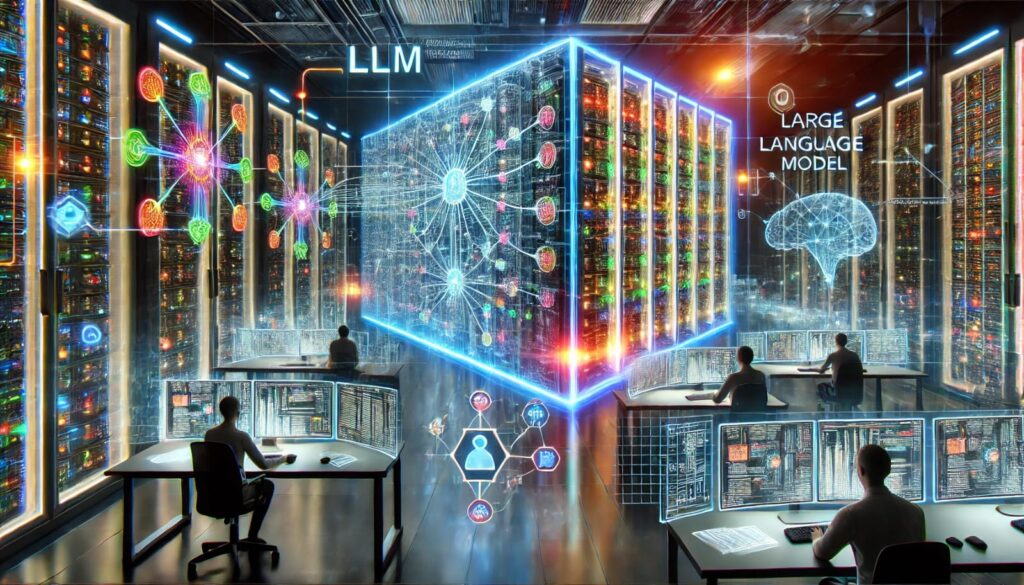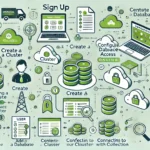In the rapidly evolving world of software development, large language models (LLMs) like ChatGPT, Codex, and Gemini are transforming how we write, test, and debug code. However, their integration into traditional developer workflows has highlighted both their immense potential and unique challenges. In this blog, we explore how programming workflows are evolving to accommodate LLMs, why specialized tools like sketch.dev may become the norm, and how this shift impacts the future of software development.
The Challenge: Adapting IDEs to LLM-Driven Development

Traditional Integrated Development Environments (IDEs) like VSCode, IntelliJ, or PyCharm were designed with human developers in mind. These tools provide features like debugging, code completion, and version control. However, when incorporating LLMs into the workflow, these environments often fall short for several reasons:
- LLM Output Complexity: LLMs frequently produce incomplete or error-prone drafts, requiring feedback loops to iterate and improve.
- Feedback Integration: Traditional IDEs are not built to automatically provide actionable feedback (e.g., error messages, test results) to LLMs.
- Controlled Workflow Needs: Developers want LLMs to iterate independently without cluttering their primary code branches or disrupting their working environment.
This has led to the realization that LLMs need dedicated environments optimized for their workflows.
The Vision: A New Kind of IDE for LLMs
Sketch.dev is an example of a prototype environment specifically designed for LLM-driven development. Its goal is not to replace traditional IDEs but to serve as a dedicated space for LLM programming workflows.
Features of Sketch.dev
- LLM-Centric Workflow:
Focused on editing packages and tests in a controlled environment.
Chat-based programming where LLMs can iterate without cluttering human-managed branches.
- Tool Automation:
Automatically integrates tools like goimports (for imports) and gopls (Go Language Server) to provide instant feedback on errors and suggestions.
- Feedback Loops:
Errors from go build, go test, and go get are automatically fed back to the LLM for corrections.
Missing dependencies, compiler errors, and failed tests are resolved autonomously wherever possible.
- Minimal Overhead:
Sketch.dev is not trying to be a fully-fledged IDE but rather a Go-specific playground optimized for interaction between LLMs and tools.
- Future Enhancements:
Git Integration: Seamlessly load existing projects and create branches with LLM-generated changes.
Advanced Test Feedback: Real-time insights into test failures to help refine LLM output.
Console Flexibility: Allowing both humans and LLMs to run commands like sed for quick fixes.
The Shift Toward Specialized Code
One of the most profound impacts of LLM-driven workflows is the shift in programming practices:
From Generalized Wrappers to Lightweight Clients
Developers often find large, official API wrappers like gRPC implementations to be over-engineered for most tasks.
Instead of learning an entire API, many developers prefer lightweight, custom clients tailored to their specific use cases.
LLMs are uniquely suited to generate these custom clients quickly, enabling developers to focus on just the API functionality they need.
Better, More Specialized Tests
LLMs make it easier to write comprehensive and readable tests.
Developers can prioritize specific, targeted tests rather than adhering strictly to DRY (Don’t Repeat Yourself) principles, which can sometimes overcomplicate code.
Specialization vs. Generalization
Specialized implementations can lead to better software in the short term by focusing on specific goals.
Long term, this trend could result in software that is more maintainable, readable, and tailored to end-user needs.
Automating LLM Feedback: A Python Analogy
To illustrate the sketch.dev approach in Python, imagine a similar environment where LLMs interact seamlessly with Python tooling. Below is a Python-based mockup:
import subprocess
def run_python_tools(code):
# Write the code to a temporary file
with open("temp_code.py", "w") as f:
f.write(code)
# Run linter and capture feedback
lint_result = subprocess.run(["flake8", "temp_code.py"], capture_output=True, text=True)
if lint_result.returncode != 0:
print("Lint Errors:")
print(lint_result.stdout)
# Run the code to check for runtime errors
run_result = subprocess.run(["python", "temp_code.py"], capture_output=True, text=True)
if run_result.returncode != 0:
print("Runtime Errors:")
print(run_result.stderr)
return lint_result.stdout + "\n" + run_result.stderr
# Example: Iterating on Python code with automated feedback
example_code = """
def add_numbers(a, b):
return a + b
print(add_numbers(1, '2')) # Intentional error for feedback
"""
feedback = run_python_tools(example_code)
print("Feedback for LLM:\n", feedback)
This script mimics the sketch.dev workflow by:
- Running tools like
flake8(a Python linter) to identify syntax issues. - Executing the code to capture runtime errors.
- Providing actionable feedback that could be fed back to an LLM for automatic iteration.
The Future: A New Era of Programming Tools
As LLMs become integral to development, the tools we use must adapt. We envision a future where:
- Dedicated LLM IDEs focus on automation, feedback loops, and seamless iteration.
- Specialized Code replaces overgeneralized abstractions, leading to more maintainable and efficient software.
- Developers and LLMs Collaborate: Developers focus on architecture and high-level strategy while LLMs handle repetitive tasks and code generation.
The rise of tools like sketch.dev represents a paradigm shift in how we think about programming environments. By tailoring tools specifically for LLM workflows, we unlock the full potential of these powerful models, enabling developers to work faster, smarter, and more effectively.
As we continue to refine these tools and explore their possibilities, one thing is clear: the future of programming is one where humans and LLMs work hand-in-hand to build better software.

